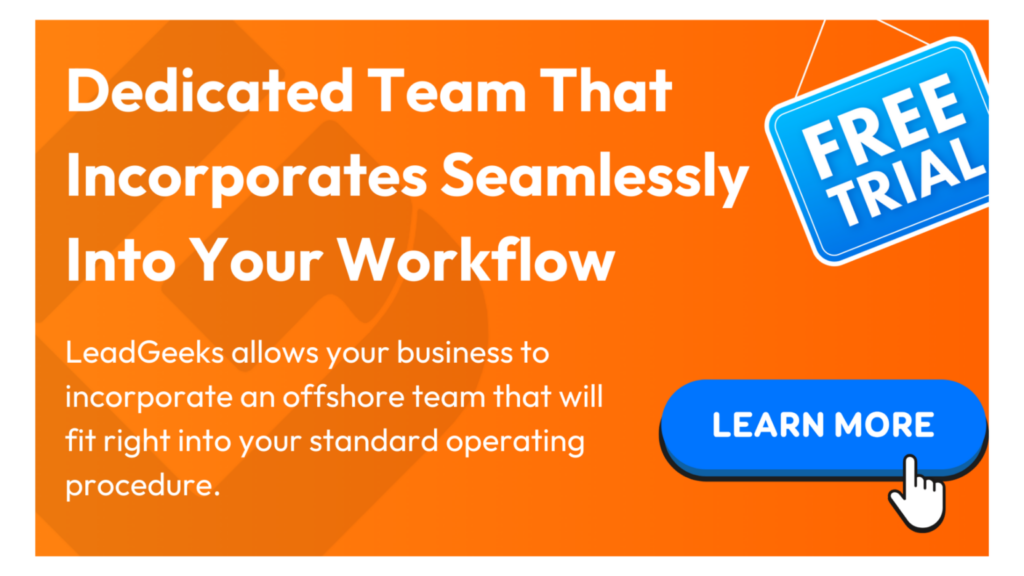The life sciences industry presents a unique challenge when it comes to lead generation. Unlike traditional B2B sectors, the decision-making process involves diverse stakeholders; from researchers at the bench to procurement managers and executives overseeing budgets. This complexity requires highly targeted digital tactics that not only reach but also resonate with scientific professionals.
In this post, we’ll explore proven digital strategies for life science B2B lead generation; from SEO and paid campaigns to personalized outreach and content-driven lead magnets.
SEO for Niche Scientific Audiences
Search engine optimization (SEO) is often overlooked in life sciences, but it’s one of the most powerful long-term tactics for lead generation. Researchers and decision-makers rely on Google and PubMed-style searches to discover vendors, suppliers, and technical insights.
Practical applications for life science SEO:
- Niche keyword research: Instead of broad terms like “lab equipment,” focus on precise, high-intent keywords such as “single-use bioreactor supplier” or “GMP-compliant fermentation services.” These terms align directly with the queries your target audience is making.
- Content optimization: Blog posts, product pages, and whitepapers should answer practical questions scientists have, e.g., “How to choose the right CRISPR vector?” or “Best practices for bioprocess scale-up.”
- Technical SEO: Since many life science companies manage extensive product catalogs, ensuring proper schema markup, clear navigation, and fast load speeds is critical for discoverability.
- Thought leadership: Publishing peer-reviewed insights or expert-authored guides builds authority and boosts search visibility.
When optimized well, SEO ensures your brand appears right when researchers are actively seeking solutions—an ideal point in the buyer journey.
Using Paid Campaigns to Reach Researchers and Decision-Makers
While SEO builds long-term visibility, paid advertising allows life science companies to quickly target niche audiences. Platforms like Google Ads and LinkedIn Ads enable precision targeting based on keywords, job roles, or even specific institutions.
Best practices for life science paid campaigns:
- Google Ads: Bid on highly technical search terms, e.g., “flow cytometry antibody panels” or “single-cell RNA sequencing kits.” These searches often come from buyers with immediate needs.
- LinkedIn Ads: Use job titles such as Principal Investigator, Lab Manager, Bioprocess Engineer, or Procurement Officer. Sponsored content promoting case studies or product demos tends to perform best.
- Retargeting: Researchers often browse multiple vendors before deciding. Retargeting campaigns ensure your brand stays visible after their first visit.
- Budget optimization: Avoid spreading spend thin. Instead, focus on a few high-intent campaigns targeting your ICP (ideal customer profile).
By combining paid campaigns with organic content, you can generate both immediate opportunities and long-term awareness.
The Power of LinkedIn in Scientific Networking
LinkedIn is not just for building connections in tech or finances; it has become one of the most effective platforms for life science B2B lead generation. Scientists, business development professionals, and procurement managers actively use the platform to network, share findings, and discuss innovations.
Tactical ways to leverage LinkedIn:
- Profile optimization: Ensure your company page and sales reps’ profiles clearly communicate your expertise in life sciences.
- Content sharing: Post about research collaborations, customer success stories, and scientific insights to demonstrate thought leadership.
- LinkedIn Sales Navigator: Use advanced filters to find prospects by industry, role, and company size. For example, you can identify R&D directors at biotech startups with 50–200 employees.
- Engaging with signals: Monitor who likes, comments on, or views your content. These are micro-buying signals that often indicate interest.
- Direct outreach: Personalized connection requests that reference mutual interests or research areas have higher acceptance rates than generic sales messages.
With its professional network and precise filters, LinkedIn helps bridge the gap between scientific professionals and business growth opportunities.
Personalization in Cold Email Outreach
Cold email remains one of the most direct channels for generating life science B2B leads—provided it’s executed with personalization and relevance. Scientists are highly skeptical of generic sales pitches; what resonates is empathy for their role and challenges.
Practical personalization strategies:
- Role-specific pain points: Address challenges unique to each role. For example, a lab manager may care about reliability and cost efficiency, while a researcher focuses on experimental accuracy.
- Referencing research: Mentioning a prospect’s published paper, clinical trial involvement, or recent grant award makes the outreach stand out.
- Value-driven messaging: Instead of pitching features, highlight outcomes: “Reduce experiment setup time by 40%” or “Lower batch failure rates by 15%.”
- Sequenced follow-ups: Don’t rely on one email. Use a structured cadence (e.g., 3–5 touchpoints) with varying formats: case studies, testimonials, or quick explainer videos.
Personalization not only boosts open and reply rates but also builds trust—critical when selling into an industry where credibility is everything.
Using Webinars and Whitepapers as Lead Magnets
Educational content is one of the most effective lead magnets in life sciences. Researchers and executives alike value insights that help them solve problems or make informed purchasing decisions.
High-performing formats include:
- Webinars: Live or on-demand sessions featuring scientific experts or product specialists. Example: “Scaling Up Fermentation: Common Pitfalls and Solutions.”
- Whitepapers & technical guides: In-depth resources that explore industry challenges (e.g., “The Future of Cell Therapy Manufacturing”). Gated behind a lead form, they attract high-intent prospects.
- Case studies: Detailing how a customer improved yield, reduced costs, or accelerated time-to-market. These stories resonate strongly with decision-makers.
- Interactive tools: ROI calculators, assay selection tools, or protocol checklists can engage prospects while capturing valuable lead data.
By gating high-value content behind registration forms, you can generate qualified leads while positioning your brand as a thought leader.
Ready to Get Started?
Effective life science B2B lead generation requires a multi-channel digital strategy that balances technical expertise with modern marketing methods. SEO and paid campaigns ensure visibility, LinkedIn fosters professional connections, personalized outreach drives engagement, and content-driven lead magnets capture demand.
The key is scalability: building processes that not only generate leads today but also create a sustainable pipeline for tomorrow. In a field where credibility and trust are paramount, combining digital tactics with genuine scientific understanding is what sets successful life science marketers apart.
If you find what you are reading so far interesting, why not check us out to read more? We keep up-to-date with the tips, tricks and strategies of B2B Digital Marketing every single week in our blog! Click here to get started















Leave a Reply